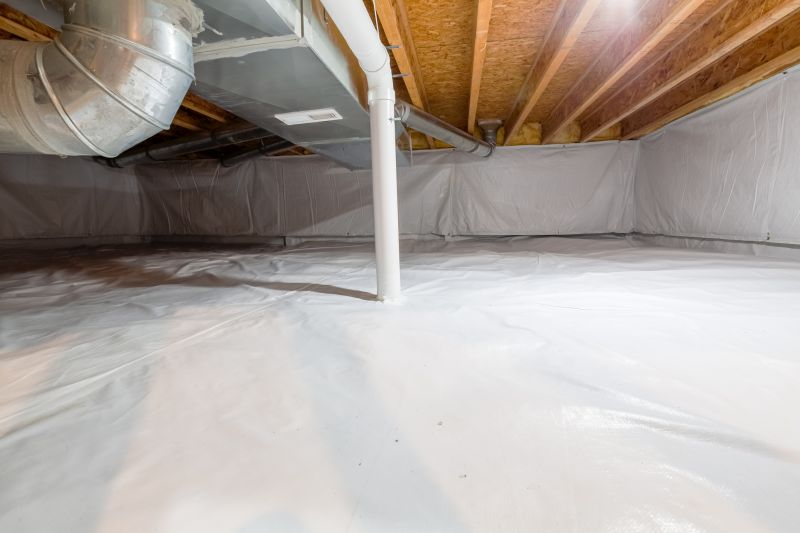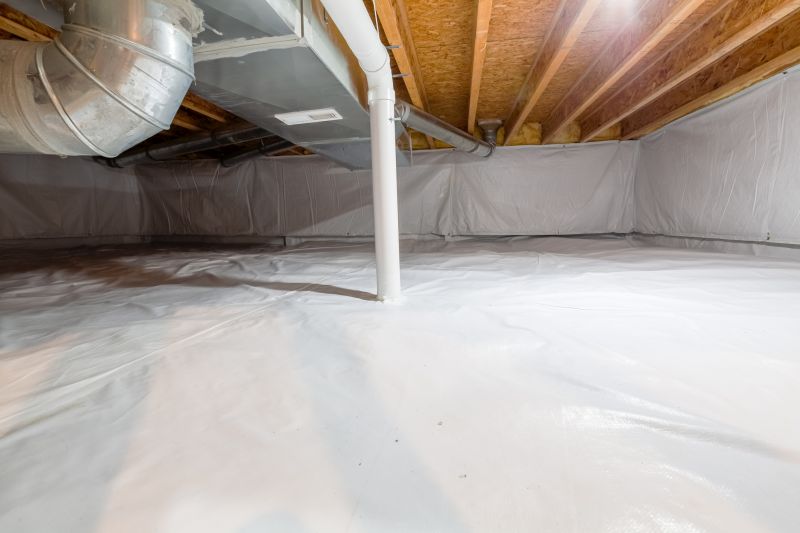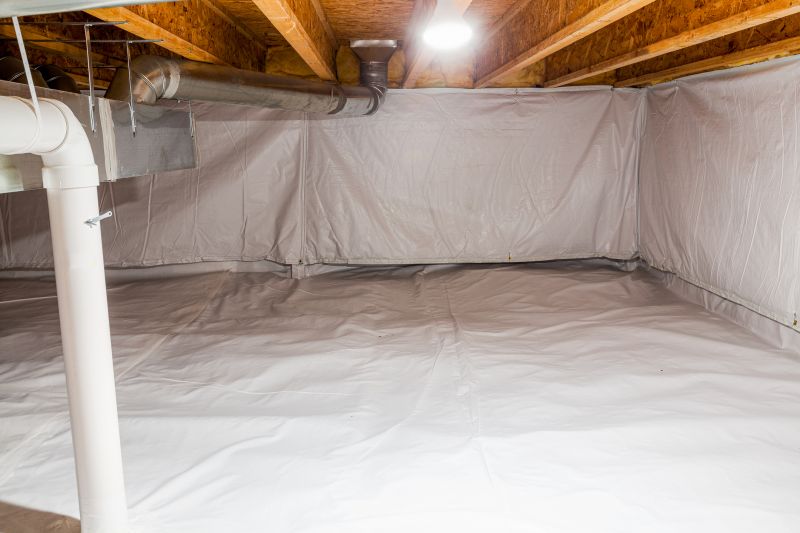Comprehensive Crawlspace Encapsulation for Better Indoor Air
Encapsulation creates a barrier against moisture infiltration, preventing mold growth and wood rot that can compromise the foundation.
Sealing the crawlspace reduces heat loss, leading to lower heating and cooling bills and increased home energy efficiency.
Encapsulation minimizes the entry of mold spores, dust, and allergens into the living spaces, promoting healthier indoor environments.
By controlling humidity and moisture, encapsulation helps maintain the stability and longevity of the home's foundation.

A fully sealed and insulated crawlspace providing a clean, dry, and protected environment.

A professional installation of vapor barriers and insulation to prevent moisture intrusion.

Vent covers and sealing materials used to block outside air and moisture from entering.

Insulation applied to the crawlspace floor to improve energy efficiency and comfort.
Failure to encapsulate a crawlspace can lead to persistent moisture problems, mold development, and increased energy costs. Unprotected crawlspaces are vulnerable to water intrusion, which can cause wood rot and structural damage over time. Additionally, airborne mold spores and allergens can migrate into living areas, impacting indoor air quality and health.
| Risks of Not Encapsulating | Potential Consequences |
|---|---|
| Moisture Accumulation | Mold growth, wood rot, and structural damage |
| Higher Energy Bills | Loss of heat and increased cooling costs |
| Indoor Air Quality Issues | Allergens, mold spores, and dust entering living spaces |
| Foundation Damage | Cracks, shifting, and compromised stability |
| Increased Repair Costs | Expensive remediation and repairs over time |
| Pest Infestation | Rodents and insects attracted to damp environments |
| Reduced Home Value | Decreased appeal and marketability |
| Health Risks | Respiratory issues and allergies |


